What Is the Easiest (Non-Toxic) Chemical to Make for Educational Purposes?
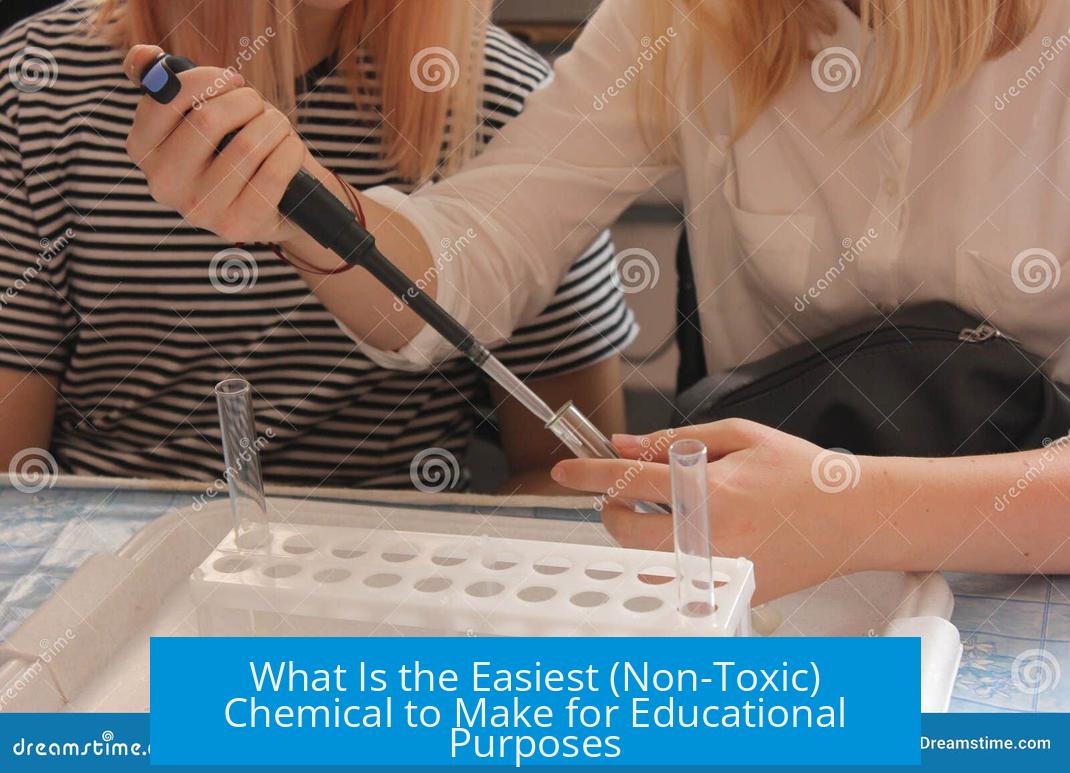
The easiest non-toxic chemical to make for educational purposes is sodium acetate, commonly known as “hot ice,” produced by reacting vinegar (acetic acid) with baking soda (sodium bicarbonate) and then concentrating the solution. This simple reaction uses household ingredients, involves safe procedures, and yields visually striking crystallization, demonstrating important chemical concepts.
Why Sodium Acetate Is Ideal for Education
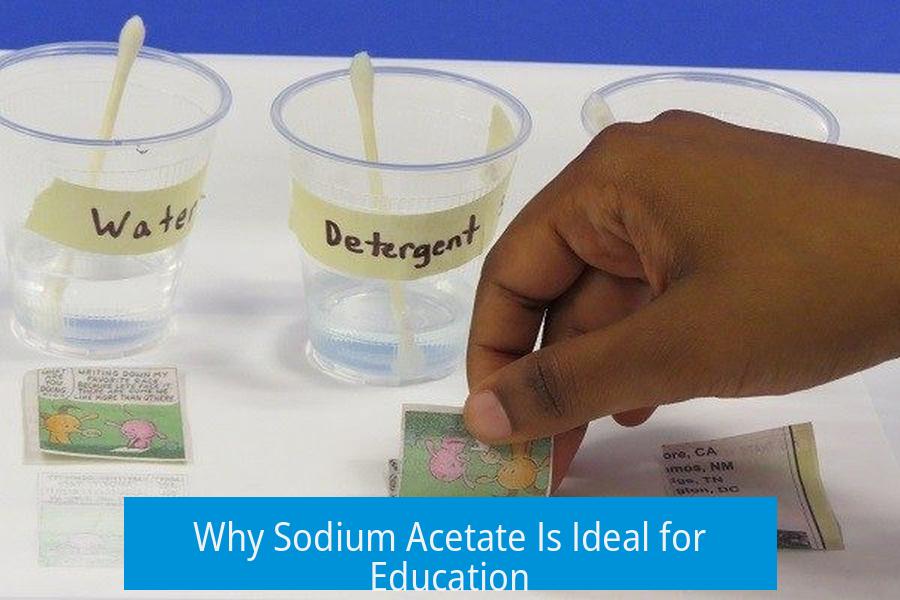
Sodium acetate stands out due to accessibility, safety, and educational value. The starting materials—vinegar and baking soda—are common and inexpensive. The synthesis involves mixing these to generate sodium acetate, water, and carbon dioxide. After boiling down the solution, crystals form that look like ice but feel warm, illustrating unique physical and chemical phenomena. The entire process is non-toxic and safe under normal handling conditions.
- Accessibility: vinegar and baking soda are found in most households.
- Safety: no harmful fumes or toxic byproducts.
- Educational aspects: demonstrates acid-base reaction, gas evolution, crystallization, and an exothermic phase change.
- Visual impact: “hot ice” looks like frozen water but forms with heat release.
How to Prepare Sodium Acetate (Hot Ice)
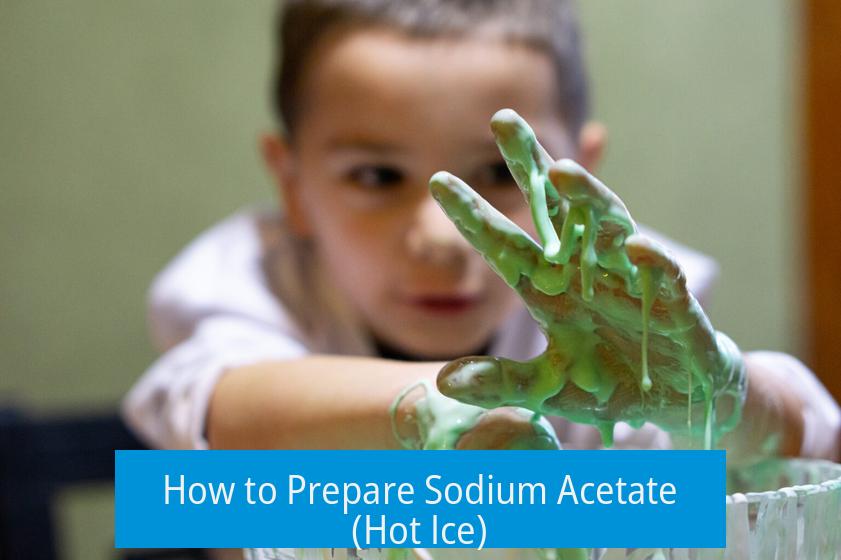
- Mix baking soda slowly into vinegar in a pot. The acid-base reaction produces carbon dioxide bubbles and sodium acetate in solution.
- Heat the mixture gently to evaporate excess water. Continue until near saturation is achieved.
- Allow the concentrated solution to cool undisturbed. Crystals of sodium acetate will form.
- Touching the crystals triggers an exothermic crystallization, released heat makes it feel warm despite its icy appearance.
This procedure is widely documented online and suitable for classroom demonstrations or home experiments with basic supervision.
Underlying Chemistry of Sodium Acetate Formation
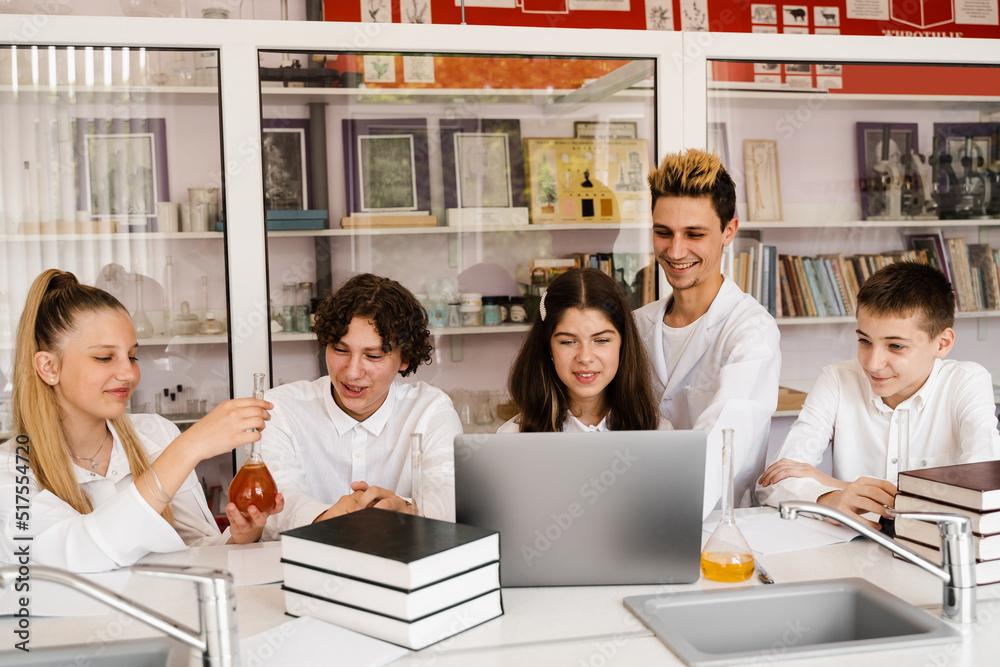
The reaction is an acid-base neutralization:
CH3COOH (acetic acid) + NaHCO3 (sodium bicarbonate) → CH3COONa (sodium acetate) + CO2 + H2O
Carbon dioxide gas escapes as bubbles, leaving sodium acetate dissolved. Upon concentration, sodium acetate crystallizes. Its unusual property is that when crystallization starts, it releases heat (exothermic), producing “hot ice.”
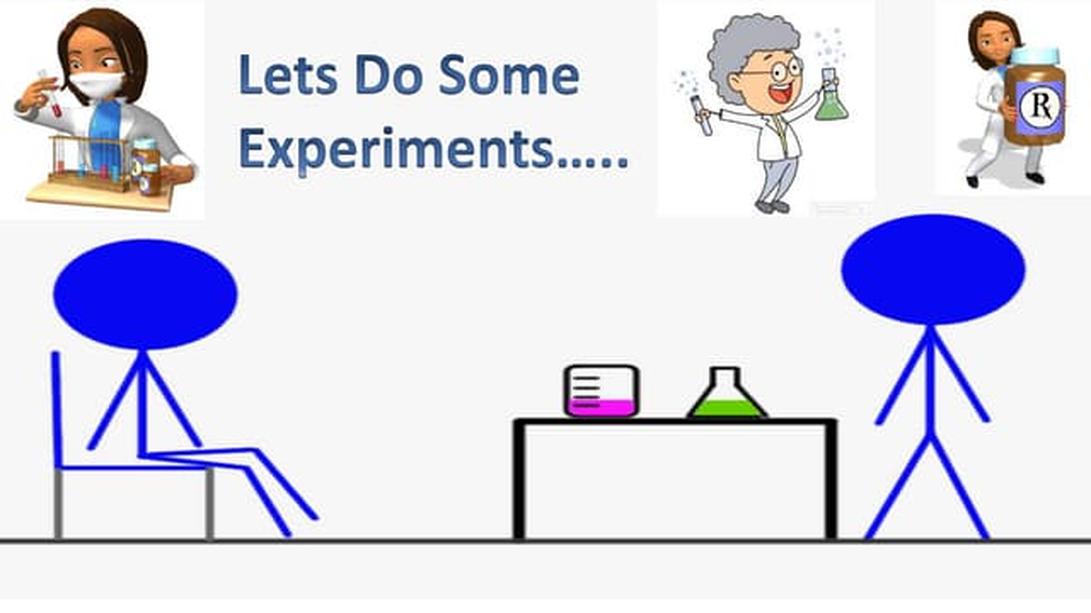
Other Easy Non-Toxic Chemicals and Experiments for Education
1. Baking Soda and Vinegar Reaction (CO2 Generation)
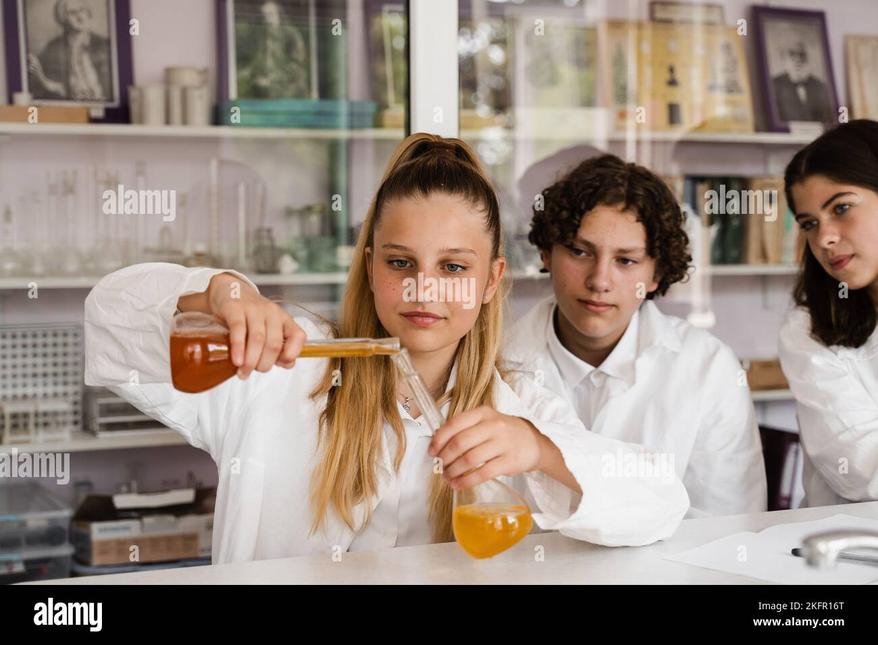
Simply mixing vinegar and baking soda creates CO2 gas. This reaction serves as a classic acid-base demonstration with gas evolution visible as bubbles or foam.
- Shows how acids and bases neutralize each other.
- Demonstrates gas production and reaction rate.
- Safe and non-toxic using household materials.
2. Red Cabbage pH Indicator
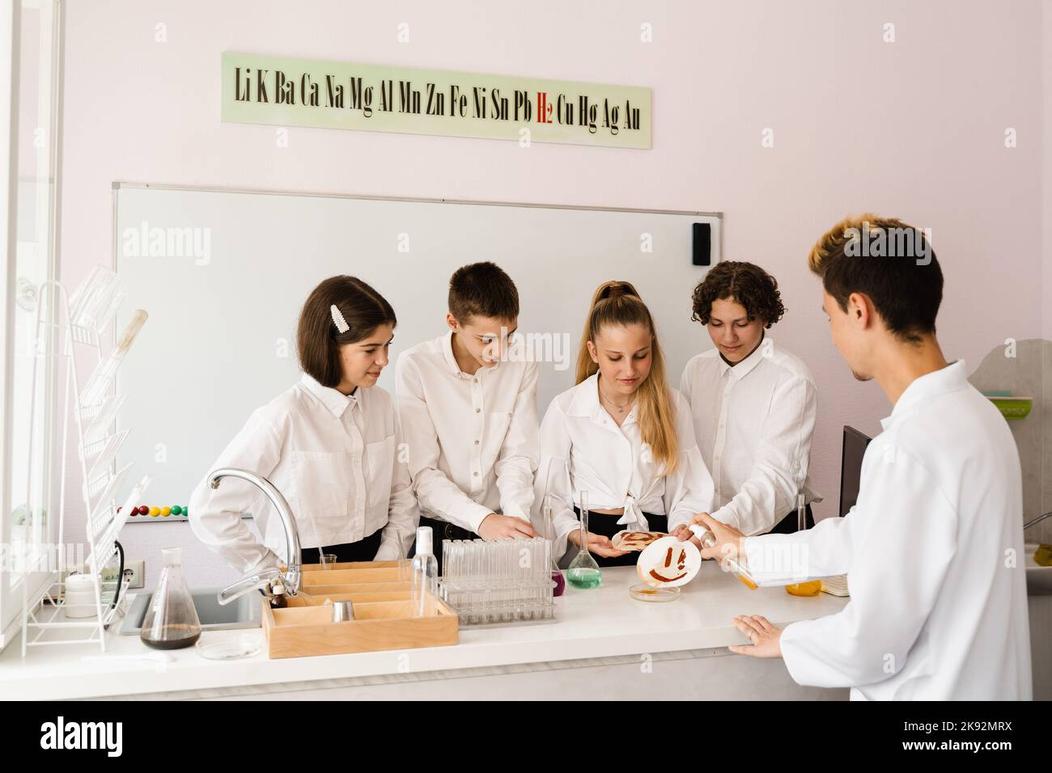
Boiling red cabbage leaves extracts anthocyanin pigments that change color depending on the solution’s pH. This natural pH indicator is safe, colorful, and simple to prepare.
- Teaches acid-base chemistry and pH concepts.
- Uses natural, non-toxic materials.
- Enables visual learning through vibrant color changes.
3. Thermal Decomposition of Baking Soda (To Washing Soda)
Applying heat to baking soda converts it chemically into washing soda (sodium carbonate), releasing CO2 gas. This shows energy input changing substance composition.
- Demonstrates thermal decomposition.
- Safe to perform with basic heating equipment.
- Uses materials common in household cleaning.
4. Non-Newtonian Fluid (Cornstarch and Water)
Mixing cornstarch and water produces a non-Newtonian fluid that behaves both like a solid and a liquid depending on applied force. This physical mixture is a great tactile demonstration.
- Has no chemical reaction but physical property changes.
- Very safe and engages sensory learning.
- Explains viscosity and rheology concepts simply.
5. Magnesium Carbonate Precipitation
Combining solutions of washing soda and Epsom salt produces a white precipitate of magnesium carbonate. This illustrates solubility rules and precipitation reactions.
- Uses safe, common salts.
- Clearly shows solid formation from aqueous solutions.
More Advanced Options – With Caution
Some experiments involve organic syntheses or catalytic reactions but require more chemicals, skill, and safety awareness.
- Dibenzylideneacetone synthesis: requires benzaldehyde, acetone, sodium hydroxide, involves organic chemistry processes.
- Elephant’s Toothpaste: decomposes hydrogen peroxide using iodine and soap to produce foam, requiring careful handling of hydrogen peroxide concentrations.
- Quinine extraction: natural product isolation from cinchona bark, more complex but educational about extraction techniques.
These are better suited for advanced students with appropriate supervision and laboratory equipment.
Safety Considerations
While the above recommended chemicals and experiments are mostly safe and non-toxic, some precautions remain important.
- Perform reactions in a well-ventilated area.
- Supervise children during experiments involving heating or gas evolution.
- Avoid ingesting any chemicals or solutions used.
- Handle hydrogen peroxide and other stronger reagents with care.
- Follow instructions and measure reagents accurately.
Summary Table of Easiest Non-Toxic Chemicals to Make
| Chemical / Experiment | Starting Materials | Key Concepts | Safety Notes |
|---|---|---|---|
| Sodium Acetate (Hot Ice) | Vinegar + Baking Soda | Acid-base neutralization, crystallization, exothermic phase change | Non-toxic, household ingredients |
| CO2 Generation | Vinegar + Baking Soda | Gas evolution, acid-base reaction | Non-toxic, easy to perform |
| Red Cabbage pH Indicator | Red cabbage + Water | pH indicators, acid-base chemistry | Natural, safe pigments |
| Baking Soda → Washing Soda | Baking Soda + Heat | Thermal decomposition, gas release | Safe when heated carefully |
| Non-Newtonian Fluid | Cornstarch + Water | Rheology, physical chemistry | Safe, common materials |
| Magnesium Carbonate Precipitation | Washing Soda + Epsom salts | Precipitation, solubility rules | Safe, non-toxic salts |
Key Takeaways
- Sodium acetate (“hot ice”) is the easiest, safe chemical to make using vinegar and baking soda.
- It demonstrates acid-base reaction, crystallization, and exothermic phenomena.
- Other simple, safe experiments include CO2 generation, red cabbage pH indicator, and making non-Newtonian fluids.
- Heating baking soda to washing soda shows thermal chemical changes.
- Advanced organic syntheses exist but require more chemicals, skill, and safety controls.
- All experiments should be conducted with attention to safety, especially when heating or handling reactive reagents.
What is the easiest (non-toxic) chemical to make for educational purposes?
The easiest non-toxic chemical to make for educational purposes is sodium acetate, commonly called “hot ice,” created by mixing vinegar (acetic acid) and baking soda (sodium bicarbonate) then concentrating the solution by gentle heating. This simple and household-friendly experiment produces fascinating crystallization, demonstrating several fundamental chemistry concepts without hazardous risks. Let’s dive deeper into why this reaction is accessible, educational, and just plain cool.
Have you ever seen ice form when something is warm? Sounds like magic—but it’s solid science. Sodium acetate trihydrate appears as icy crystals once the saturated solution is triggered to crystallize. This “hot ice” feels warm while forming, illustrating exothermic reactions.
Sodium Acetate: The Non-Toxic Star of Chemistry Class
Making sodium acetate starts with two ingredients found in almost every kitchen: vinegar and baking soda. When these two mix, they react to produce sodium acetate, carbon dioxide (the fizz we love to observe), and water. The quick fizzing is the CO2 bubbling out, but the star here is sodium acetate, which you concentrate by simmering the solution to evaporate excess water.
As the solution cools undisturbed, it becomes a supersaturated liquid—sort of “ready to freeze” but holding on for dear life—until you tap or add a seed crystal, and boom! It crystallizes rapidly, creating the “hot ice” effect. Not only is this neat to watch, but it’s a fantastic way to teach:
- Crystallization and supersaturation concepts
- Phase change and nucleation
- Exothermic reactions (yes, it releases heat!)
This multi-concept crossover is why sodium acetate gets top billing as an easy, go-to educational chemical.
How Easy Is It to Make?
Mix some vinegar into baking soda slowly. The fizz indicated carbon dioxide wastes off; meanwhile, the sodium acetate forms in the solution. Then heat gently to reduce volume until thick and rich with dissolved sodium acetate. Let it cool, and you have the magical “hot ice” ready to form crystals on command.
Since vinegar and baking soda are safe and ubiquitous, this experiment requires no complicated chemicals or lab gear—just a pot and a stove in most home or classroom settings. Many step-by-step guides and videos show exactly how.
What About Safety?
This experiment scores top marks for safety. Both vinegar and baking soda are household staples well-known for their non-toxic status. The process generates carbon dioxide, but in small amounts that are harmless outdoors or in ventilated rooms.
No toxic fumes, no nasty residues. This simplicity means teachers and students can focus on getting curious and asking questions rather than handling dangerous substances.
But Wait, What Else Can You Try?
If you like kitchen chemistry but want variety, several other super safe, easy-to-do reactions are worth considering:
- Baking Soda & Vinegar CO2 Reaction: Simply mix vinegar and baking soda to watch carbon dioxide gas form. Great for demonstrating acid-base reactions and gas evolution.
- Red Cabbage pH Indicator: Boil red cabbage, collect the purplish liquid, then test household acids and bases. The colors shift dramatically, showing pH scales with vibrant blues, greens, and reds—all non-toxic and completely natural.
- Non-Newtonian Fluid: Mix cornstarch and water to create a goopy substance that’s sometimes solid and sometimes liquid depending on pressure. This is all physical chemistry fun with zero synthetic chemicals.
- Baking Soda to Washing Soda: Heat baking soda until it decomposes to washing soda (sodium carbonate) and carbon dioxide. This shows thermal decomposition using a safe, simple material.
- Magnesium Carbonate Precipitation: Combine washing soda and Epsom salt solutions to produce a white solid instantly, demonstrating precipitation reactions.
Each of these offers hands-on teaching points, from gas formation and acid-base chemistry to phase changes and solubility, without stepping outside the bounds of safety or complexity.
Why Not Jump Straight to Organic Syntheses?
True, organic syntheses like dibenzylideneacetone production or esterification from alcohols and acids can be fascinating. However, they’re usually not beginner-friendly due to the need for careful technique, multiple reagents, and, often, hazardous substances or catalysts.
Plus, unless you’re seasoned or properly supervised, you risk frustration or accidents. So for an entry point into practical chemistry with minimal hazards, sodium acetate and the like win hands down.
A Quick Safety Reminder
Even “safe” experiments benefit from caution. Use proper ventilation, avoid ingestion or skin contact with unknown substances, and keep children supervised. A sealed kitchen or lab with ventilation is ideal.
And no matter how enticing, don’t attempt chemicals requiring concentrated acids, heavy metals, or peroxides without expert guidance.
How Does Sodium Acetate Paint an Educational Picture?
The science behind “hot ice” ties together several core concepts:
- Supersaturation. The solution holds more dissolved sodium acetate than normal, like a stretched rubber band waiting to snap.
- Nucleation. The trigger that makes the crystals form rapidly once started.
- Exothermic Reaction. The crystallization releases heat—hence the “hot” in hot ice.
Students aren’t only watching a chemical reaction; they’re experiencing states of matter, thermodynamics, and solution chemistry simultaneously. What better way to spark curiosity?
Practical Tips for Your “Hot Ice” Experiment
- Mix vinegar slowly into baking soda. This prevents messy overflows.
- Heat gently after reaction. Keep solution below boiling so you don’t lose product to steam.
- Cool carefully in a clean container. Avoid shaking or stirring while cooling to encourage clear supersaturation.
- Trigger crystal formation. Tap the container or add a tiny seed crystal to see the dramatic freeze.
- Have fun with demonstrations. Show how heat is released and let everyone touch the warm crystal mass.
Wrap-Up: Why Sodium Acetate is the Educational Win
Sodium acetate embodies the “easy, safe, and impressive” trifecta for educational chemistry. From kitchen staples to a jaw-dropping crystallization demonstration, it’s accessible all the way through. Its visual appeal helps learners understand and remember concepts often obscured by dull textbooks.
The reaction is versatile, modifiable, and thoroughly non-toxic. Whether you want a quick glimpse into acid-base chemistry or a deep dive into crystallization and thermodynamics, sodium acetate’s got your back.
Ready to try the fascinating world of chemistry yourself? Gather some vinegar and baking soda, and create your very own batch of hot ice. Warning: it’s addictive and surprisingly mesmerizing.
So, next time someone asks, “What’s the easiest (non-toxic) chemical to make for educational purposes?” you’re armed with a perfect answer—and a neat experiment to go along.
What is the easiest non-toxic chemical to make at home for educational purposes?
Sodium acetate is one of the easiest to make. Mixing vinegar (acetic acid) and baking soda (sodium bicarbonate), then slowly boiling the solution creates sodium acetate crystals known as “hot ice.”
How can I safely demonstrate a chemical reaction that produces gas with household items?
Mixing baking soda and vinegar produces carbon dioxide gas. This simple acid-base reaction is safe, non-toxic, and visually shows gas evolution in real time.
Can I make a non-toxic chemical indicator to explore acids and bases?
Yes. Boiling red or purple cabbage releases pigment that changes color with pH levels. Using this natural indicator, students can test household liquids safely and learn about pH.
Is it possible to convert one common household chemical into another through heating?
Heating baking soda transforms it into washing soda and releases carbon dioxide. This thermal decomposition demonstrates how energy can change chemical substances.
Are there simple mixtures that are not true chemical reactions but educational?
Mixing cornstarch and water creates a non-Newtonian fluid. It shows unique flow behavior but isn’t a chemical reaction. Still, it’s a safe and engaging way to study physical properties.


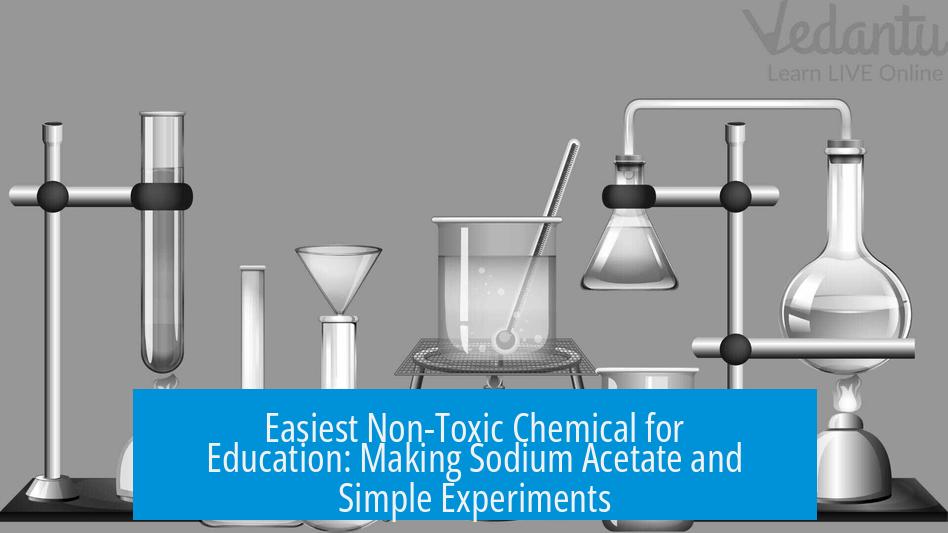
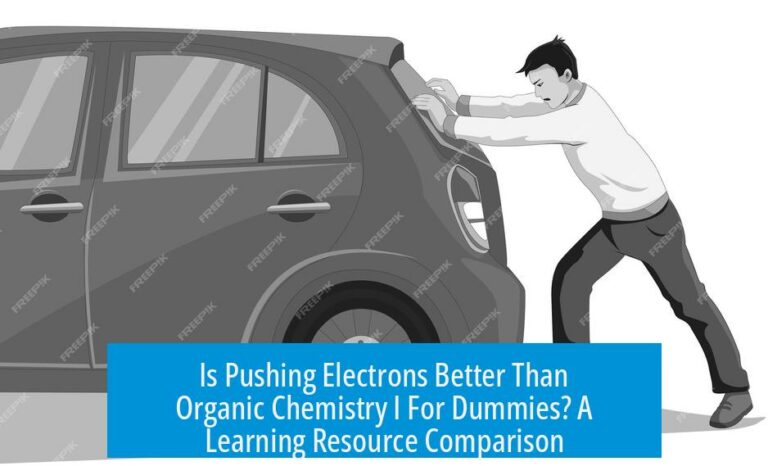
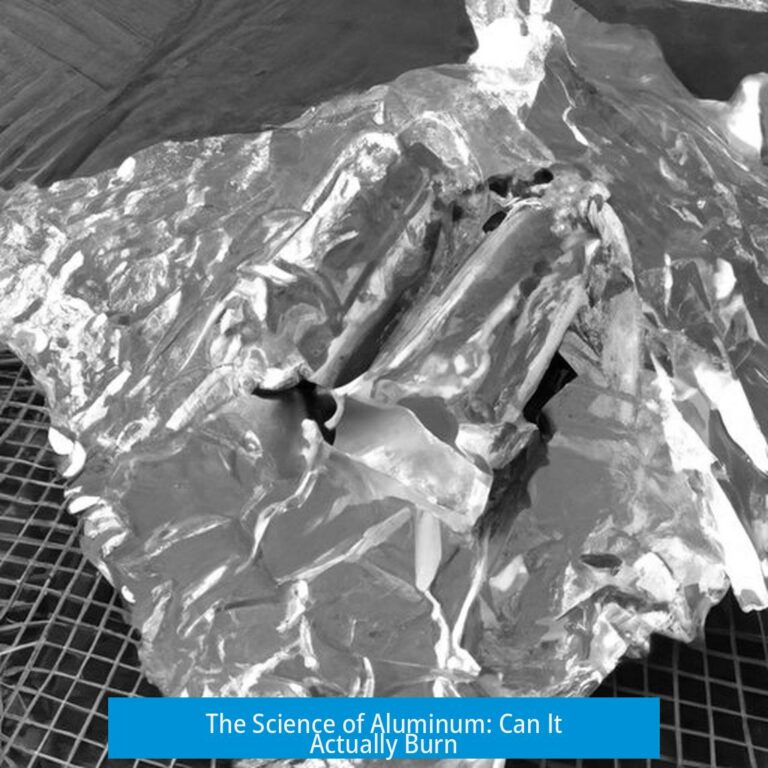
Leave a Comment